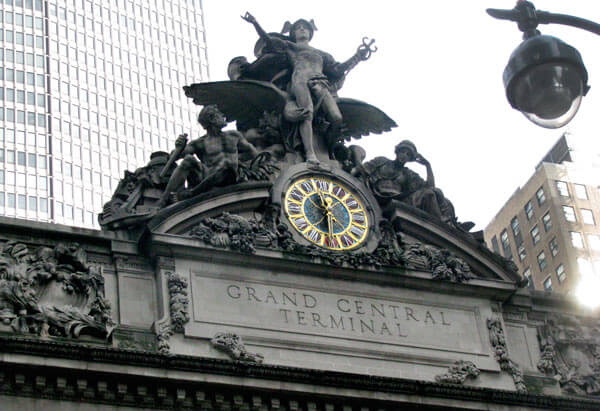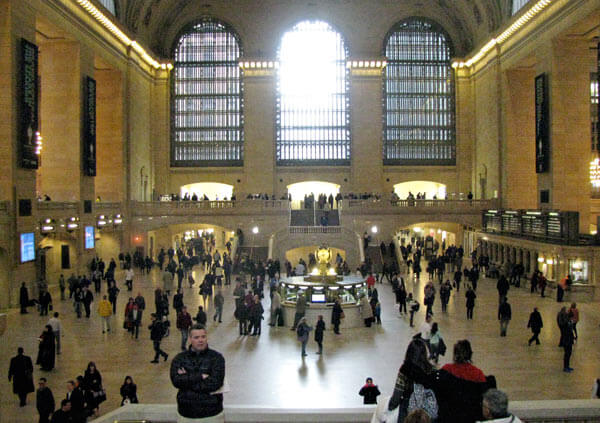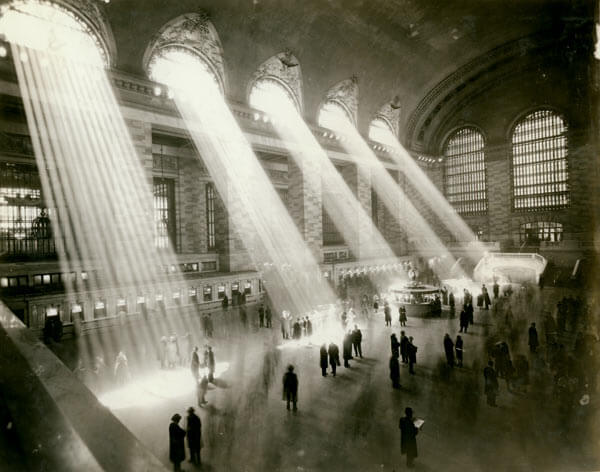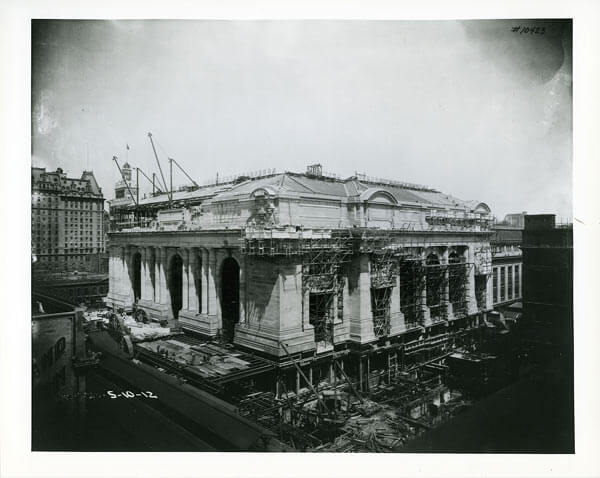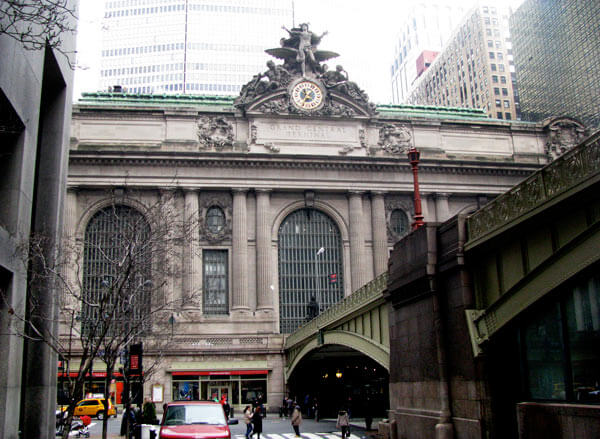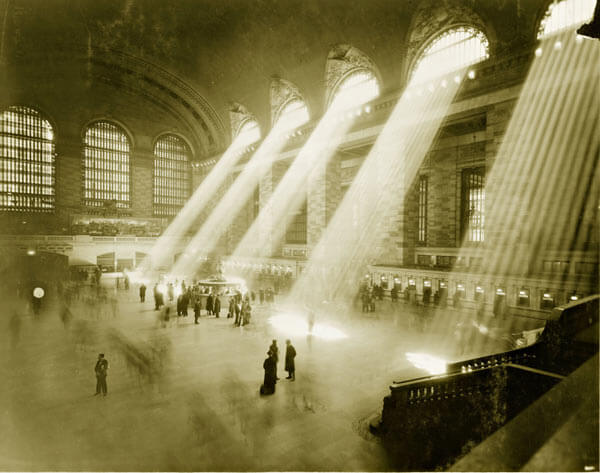By Philip Newman
Thousands of Queens residents routinely take the No. 7 train to Grand Central Terminal en route to their jobs, but now they can pause to help celebrate the 100th birthday of the venerable landmark, now a destination in itself with everything from luxury shopping to a dazzling array of gastronomical delights.
The birthday party for the Beaux Arts transportation palace starts this Friday with a concert by the West Point Brass and Percussion ensemble. It is to be followed by appearances by Melissa Manchester, Cynthia Nixon of “Sex And the City” and descendants of Commodore Cornelius Vanderbilt, whose vision developed the empire that ushered in the railroads’ gilded age.
Others appearing are to include Caroline Kennedy, honorary chairman of the Grand Central Grand Central Committee, whose mother Jacqueline Kennedy Onassis, is widely credited with saving the terminal from destruction. Concerts and entertainment will go on into the evening and centennial events will run into March.
The Municipal Art Society will conduct daily tours of the GCT in midtown Manhattan at 12:30 p.m. every Wednesday with individual self-conducted tours also available.
Grand Central Terminal rose from tragedy.
The state Legislature had forced the New York Central Railroad to abandon steam for electricity to power its locomotives after a public outcry followed the collision of trains in a steam and smoke-filled tunnel beneath Fourth Avenue — now Park Avenue — Jan. 8, 1902, killing 15 passengers and injuring scores of others.
The railroad quickly decided to demolish Grand Central Depot, which opened in 1871 and build on the same site a more elegant, Beaux Arts terminal replete with marble staircases, regal chandeliers, sloping ramps and a system providing a more efficient flow of passengers to and from trains.
For years, thousands of workers toiled under the leadership of New York Central civil engineer William Wilgus, who managed to keep railroads running – both at the condemned depot and the new terminal — without interrupting the flow of passengers or train schedules of either.
The new facility would be officially known as Grand Central Terminal, although a large percentage of New York City natives would forever call it Grand Central Station.
The resplendent new transit hub opened at midnight on Feb. 2, 1913 with throngs surging into the new terminal, which was a decade in the making. Fellow architects said the terminal is a monument to its creator, Whitney Warren.
Besides using ramps to move people and their belongings rather than stairs or elevators, although the terminal has all three, Grand Central features a ceiling filled dotted with 2,500 stars against a blue sky 120 feet above the Main Concourse.
It was built in an era when more and more travelers took the train and air travel was in its infancy.
Even before the terminal opened its doors, the New York Central Railroad had begun service back in 1902 its 20th Century Limited, a super express from Grand Central Depot to Chicago. The luxury train covered the 960 hours in 16 hours with bedrooms, sleeping berths, lounges and gourmet dining.
But after World War II, the public turned to the automobile as the federal interstate highway system expanded and air travel increased, leading to a decline in long distance railroads.
By the late 1960s, most railroads were in the process of abandoning passenger service and in 1967, the 20th Century, the train on which Carey Grant charmed Eva Marie Saint in the diner in the Alfred Hitchcock classic “North by Northwest,” was no more.
Next to decline was Grand Central Terminal, in a big way.
“The New York Central merged with the Pennsylvania RR in 1968 and formed Penn Central,” said MTA Archivist Carey Stumm.” The Metropolitan Transportation Authority took over the day-to-day management of Grand Central Terminal from Penn Central in 1978. In 1982, MTA established Metro-North Commuter Railroad to run railroad operations out of Grand Central with Peter Stangl at the helm as the first president. The first capital program allocated $12 million for repairs to the building. The first thing they did was fix the leaky roof.”
Grand Central was in its 80s and its condition was critical.
Its once-starry sky was black with the soot of millions of smokers, the marble floors were filthy and waiting rooms and other spaces accommodated as many as 1,000 homeless some nights. The MTA shut down the terminal for the first time in its history between 1:30 a.m. and 5 a.m.” for cleaning.”
“Bathrooms were filthy and unsafe,” wrote Ed Stanley in “Grand Central Terminal, Gateway to New York City. “The once serene space turned into a 24-hour scene, boisterous and dangerous. The carved benches were removed to discourage loitering. It became a scary place.”
The terminal was starved for revenue and transit officials came up with a plan to build a 55-story building atop Grand Central to relieve its cash shortage. It would not have destroyed Grand Central but would have meant large parts would have been torn down. The preservationists, including an inspiring Jacqueline Kennedy Onassis, fought the plan, which was finally overturned in 1978 by the Supreme Court.
The renewal of Grand Central Terminal was under way and the stage was set for the glorious revival that is being celebrated on its centennial.
For a schedule of centennial events, check out grandcentralterminal.com/centennial/.
Reach contributing writer Philip Newman by e-mail at timesledgernews@cnglocal.com or phone at 718-260-4536.

